Blog Posts Tagged Structural Mechanics Module
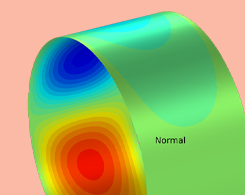
Analyzing Vibrations in Rotating Machinery Due to Bearing Misalignment
You can use structural analysis to compare the angular velocity, axial displacement, and bearing reaction moment on the shaft for rotating machinery with aligned and misaligned bearings.
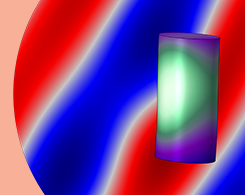
Introduction to Modeling Acoustic-Structure Interactions in COMSOL®
To model an ASI problem, you need to account for the behavior of elastic waves in solids, pressure waves in fluids, and their interaction. The COMSOL® software includes interfaces for doing so.
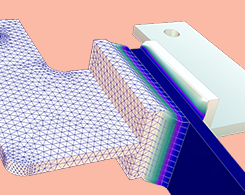
Frequency Response of Mechanical Systems
Read this blog post for a detailed look at damped mechanical systems, a guide to setting up frequency-response analyses in COMSOL®, and a discussion of how to interpret your results.

How to Use Lumped Elements to Model a Mechanical System
Modeling a large, complex system? You may want to simplify configurations in the model setup to better understand it, but how? Enter the Lumped Mechanical System interface in COMSOL Multiphysics.
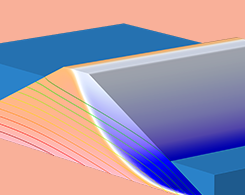
Analyzing Slope Stability Through the Shear Strength Reduction Method
Dams that are poorly designed or constructed are likely to fail. However, geotechnical engineers can account for the stability and reliability of a dam long before the structure is even built.
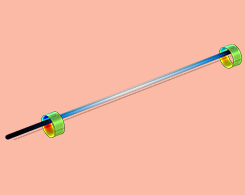
Evaluating the Impact of Bearing Misalignment on Rotor Vibration
Bearings are found in devices ranging from MEMS and turbines to electric motors and even ships. How we account for a bearing’s misalignment (and the resulting rotor vibration) depends on its use.
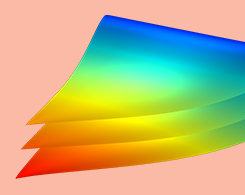
Verification Model: Postbuckling Analysis of a Spherical Cap
Think about what happens to a soda or beer can when you crush it. This phenomenon is called buckling, in which compressive stress causes sudden failure in a structure.

Defying Gravity with a Realistic Acoustic Levitator Model
It’s not just science fiction: Objects really can levitate. 1 way this is possible is by using sound waves to lift and suspend particles midair. Simulation can broaden the use of this technology.
